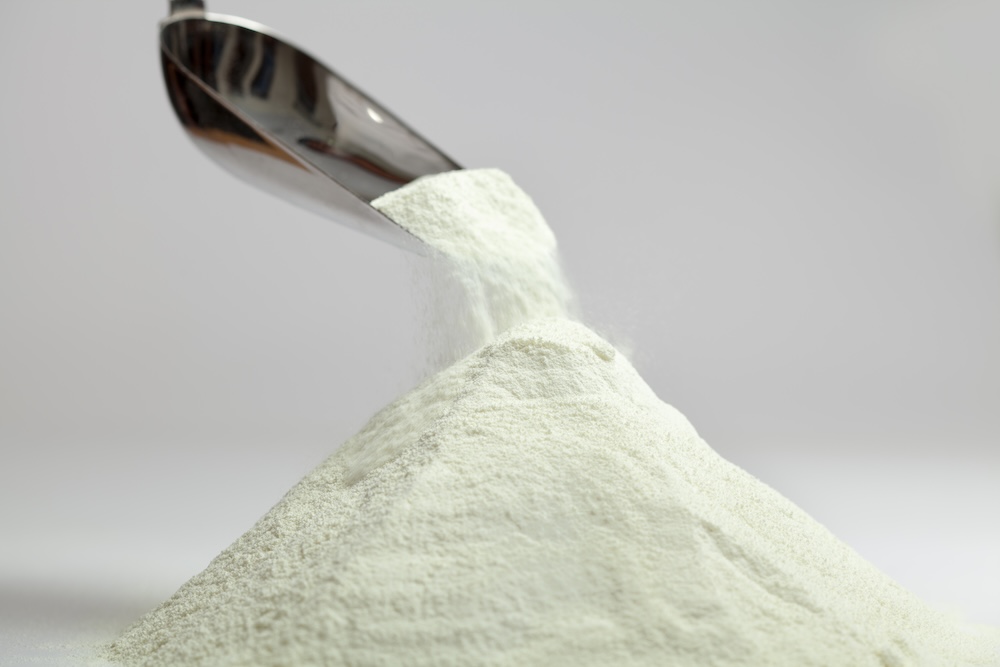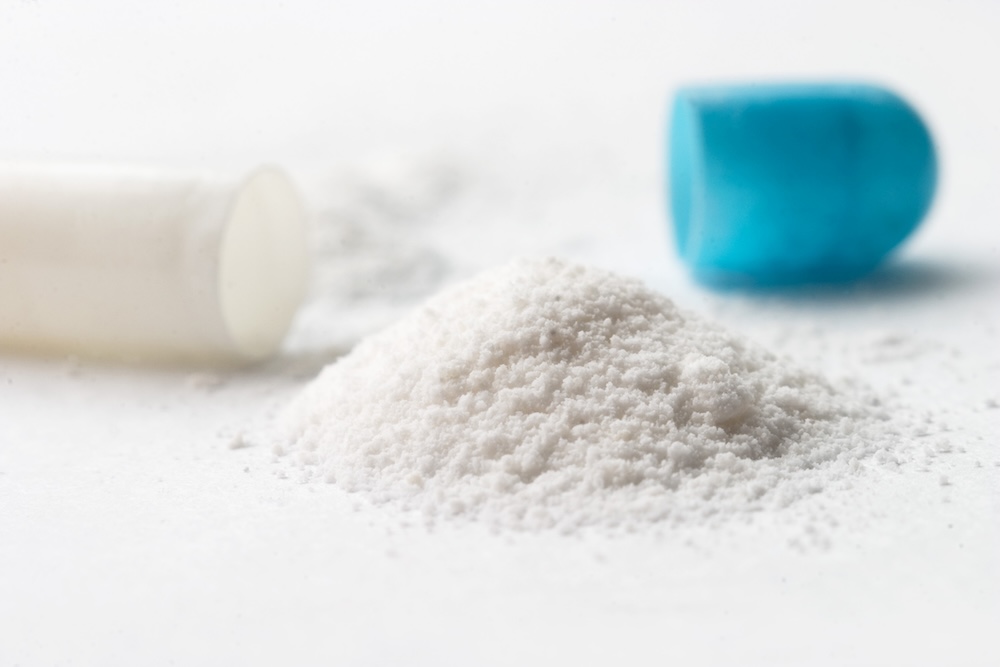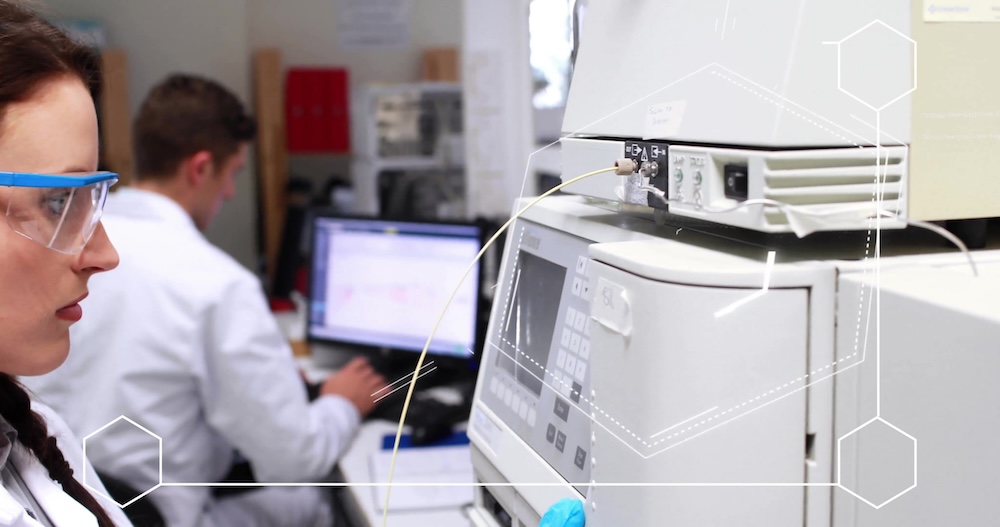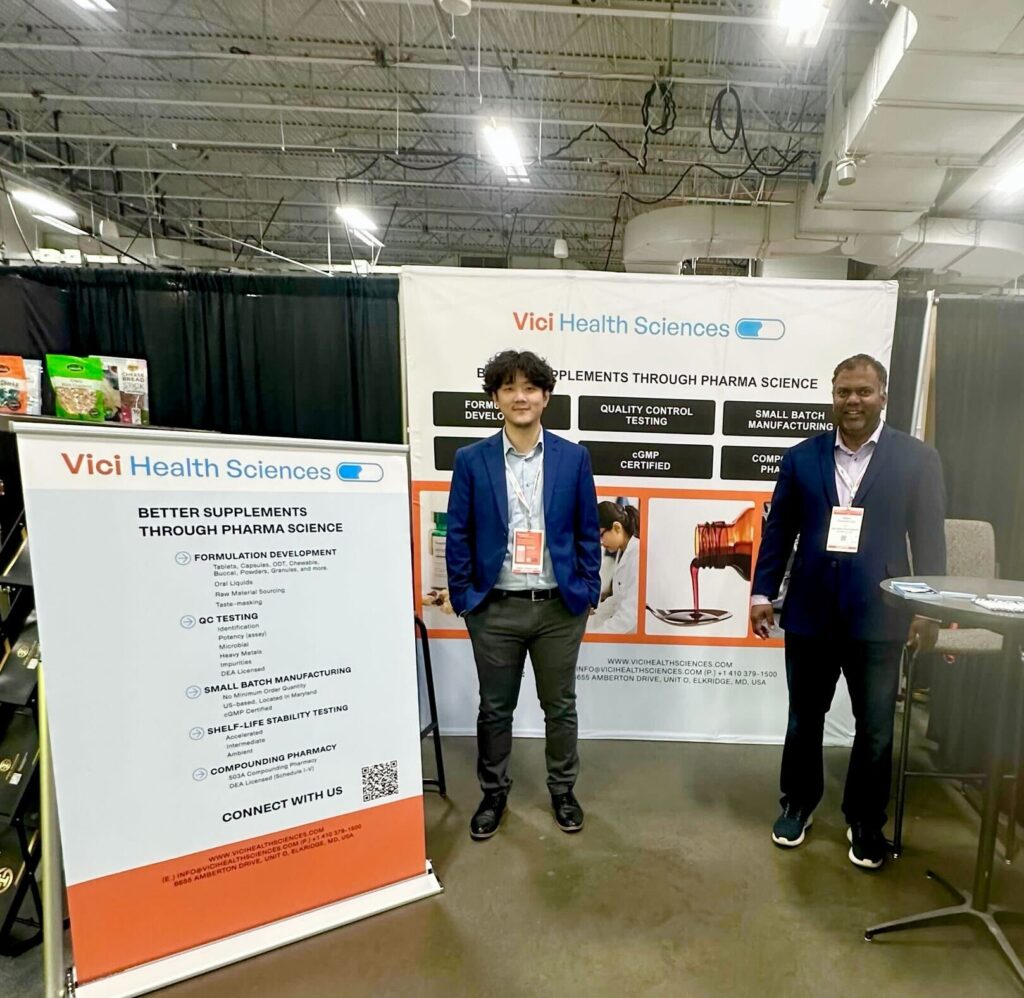Topical drug products, which are typically semi solid dosage forms, are designed to deliver active ingredient on the skin or mucous membranes, primarily intended for topical application and to exert local therapeutic effects. Topical drug products are available in the market in the form of creams, gels, ointments, and patches. Recently in the world of pharmaceutical industry, topical drug products have emerged as a source of interest among manufacturers and consumers and captured a significant market share.
Topical drug product development is driven by advances in formulation development and an increased focus on local drug delivery. Furthermore it is expected that the global market size of topical drug products is expected to grow to USD 252.48 billion by 2028.1 The topical semi solid drug product development is a complex process that involves formulation strategies, regulatory requirements and pharmacokinetic factors. The article explores pharmacokinetic factors affecting topical drug product development, physicochemical stability and the role of the active ingredient for optimizing the development process.
How Pharmacokinetics Shape the Topical Drug Product Development
Pharmacokinetic factors play a crucial role in the development process of topical drug products. The skin’s barrier function (stratum corneum layer) significantly limits active ingredient permeation, making it essential to optimize formulation development to enhance active ingredient absorption. For instance, the choice of excipients, the viscosity of the formulation, and the method of application can all impact the rate and extent of active ingredient permeation through the stratum corneum. The efficiency in delivery of the active ingredient to the target area and the probability of systemic exposure is influenced by factors such as:
-
- Molecular size and structure of the active ingredient
-
- Solubility of the drug in the formulation base
-
- Vehicle composition, which can enhance or inhibit drug absorption
-
- Application site and skin condition, which can affect permeability
By optimizing these factors during the development process, pharmaceutical professionals can create semi solid, topical medications that are both effective and safe.
Practical Example: Diclofenac topical gel is one of most popular prescribed topical medicinal product for localized pain relief. In fact during the product development its pharmacokinetics have been optimized to limit the active ingredient’s systemic absorption, ensuring the localized effect and reducing the gastrointestinal side-effects that are commonly associated with the oral medications. 2
The Significance of Active Ingredients in Topical Drug Product Development
The selection of active ingredients plays an important role in the development process of topical medicinal products. The selection of active ingredients and the development process involved in the product development ensures the safety and therapeutic efficacy of the topical drug product. A key challenge during the development of topical drug product formulations is to ensure the solubility and stability of the active ingredients. In addition, the compatibility of the active ingredients with other formulation ingredients also plays an important role in the development of topical products.
-
- Solubility and Permeability: Hydrophilic and lipophilic characteristics of the active ingredients, molecular weight and ionization state are the pharmacokinetic factors that can play an important role during the development process of topical drug products. Active ingredients that are hydrophilic in nature are difficult to permeate through the skin due to lipophilic nature of the stratum corneum, which acts as a permeation barrier. However, active ingredients that are lipophilic in nature are easier to permeate as they interact better with the stratum corneum. Nevertheless, using innovative formulation techniques and permeation enhancers can increase the solubility of the active ingredients and permeability
- Concentration and Stability: Topical medicinal products must have a sufficient concentration of active ingredients to ensure the desired therapeutic effect. The active ingredient should be physically and chemically stable throughout the product shelf life.
- Compatibility with the Formulation: There is a risk that some active ingredients may not be compatible with other ingredients inside the formulation and this may lead to major changes in formulation process, excipients and in some cases active ingredient as well.
Practical Example: Minoxidil solution is another topical product that is prescribed for alopecia. Its stability in solution form is essential for long-term efficacy, and the formulation must ensure that minoxidil remains in solution without crystallizing or precipitating.3 Alcohol is used as a solvent in the formulation to enhance solubility and absorption through the scalp.4
Physical and Chemical Stability of Topical Formulations
During the formulation of topical drugs, the physical and chemical stability is very important in the development of drug products. Among the formulation factors that affect the stability of topical products, there are three major ones: choice of active ingredient and excipients, the process of developing them, and interaction between different ingredients. Apart from this, since the topical drug products are exposed to the effects of environment like temperature, humidity, light, etc., unlike the oral or injectable medicines, which are largely protected from the environment, it may lead to deterioration or change of effectiveness of the active ingredients in the topical drug products.
Important Stability Considerations
1. Physical Stability: Semi solid dosage forms are complex heterogenous vehicles that contain drug substance in a solution or suspension form. Thus, aspects influencing appearance, homogeneity, and texture of the topical drug product are important. Problems such as phase separation of drug product, or crystallization of the active ingredient, or variations in viscosity due to differences in environmental conditions should be avoided. These problems could impair topical drug products. Emulsifiers and thickeners may help stabilize the physical consistency.
2. Chemical Stability: Chemical stability protects the active ingredient from degradation by factors like oxidation and hydrolysis. Ingredients such as antioxidants, preservatives, appropriate packaging material, and recommended storage conditions can help ensure chemical stability of topical drug products.
Practical Example: Hydrocortisone is known for its photo-instability and degradation through oxidation. By incorporating appropriate antioxidant during formulation development and introducing opaque packaging of the hydrocortisone creams can help in ensuring its physical and chemical stability.5
Shelf Life of Topical Drug Products
Shelf life is another very important factor that needs to be considered in the process of product development. Shelf life has been defined as a time period during which a drug product retains its intended quality and efficacy under specified storage conditions. The International Conference on Harmonization (ICH) has given guidelines that are quite essential for determining the stability and shelf life of drug products. The ICH Q1A guidelines have brought emphasis to the point that stability studies play a great role in determining the expiration date of drug products, which includes topical formulations. Such studies are essentially intended to determine how environmental factors, such as temperature, humidity, and light, affect the change with time in the safety and efficacy of the active ingredient or the topical drug product.
Ensuring Safety and Efficacy of Topical Drug Products
The safety and efficacy of topical drug products are the integral part of product development. To this end, part of the role of the U.S. Food and Drug Administration (FDA) is to ensure that all drugs, including topical drug products, meet established standards for safety and efficacy before being marketed. This is a process involving rigorous clinical trials along with post-marketing surveillance that monitors adverse effects and overall safety and efficacy of the topical drug product in the general population. The FDA often demands clinical trials for the topical products to assess bioequivalence, most especially when there exist compositional changes in the ingredients used in the formulation. Clinical trials involving bioequivalence studies for the topical drug products can be very time-consuming and costly. Towards this end, the FDA has issued guidelines for alternate testing methodologies for determination of safety and efficacy and to facilitate approval of generic topical drug products.6
Conclusion
The topical drug product development requires careful consideration of pharmacokinetics factors. Factors such as, nature of the active ingredient and solubility influences the skin permeability. The physical and chemical stability of the active ingredient throughout the shelf life ensures the safety and efficacy of the topical drug product. At Vici, we are experts at identifying potential hurdles during formulation development and can help expedite your drug products to market. Contact us today to learn more about Vici’s capabilities.
References
1. Company TBR. Topical drug delivery global market report. 2024; https://www.thebusinessresearchcompany.com/report/topical-drug-delivery-global-market-report.
2. Kienzler JL, Gold M, Nollevaux F. Systemic bioavailability of topical diclofenac sodium gel 1% versus oral diclofenac sodium in healthy volunteers. The Journal of Clinical Pharmacology. 2010;50(1):50-61.
3. Martín-Islán AP, Martín-Ramos D, Sainz-Díaz CI. Crystal structure of minoxidil at low temperature and polymorph prediction. Journal of pharmaceutical sciences. 2008;97(2):815-830.
4. Sattur S, Talathi A, Shetty G, Arsiwala S, Pereira R, Dhoot D. Comparative clinical study evaluating the efficacy and safety of topical 5% cetosomal minoxidil and topical 5% alcohol-based minoxidil solutions for the treatment of androgenetic alopecia in Indian men. Cureus. 2023;15(10).
5. Baertschi SW, Clapham D, Foti C, et al. Implications of In-Use Photostability: Proposed Guidance for Photostability Testing and Labeling to Support the Administration of Photosensitive Pharmaceutical Products, Part 2: Topical Drug Product. Journal of Pharmaceutical Sciences. 2015/09/01/ 2015;104(9):2688-2701.
6. Mollanazar NK. Restrictive FDA Requirements and the Development of Generic Topical Medications. JAMA dermatology. 2019;155(4):503-503.






